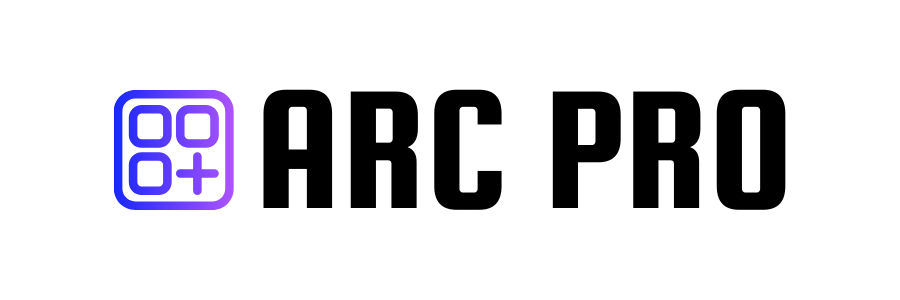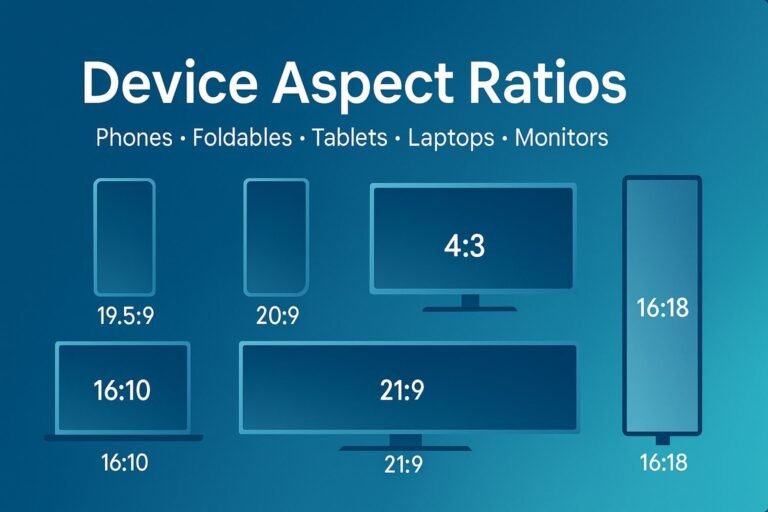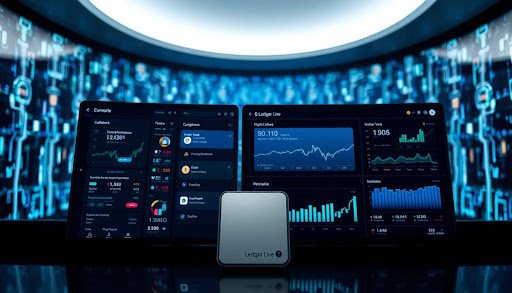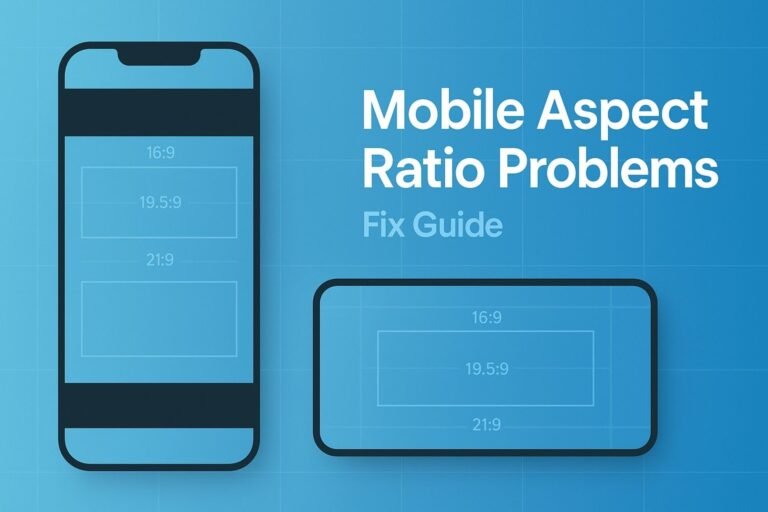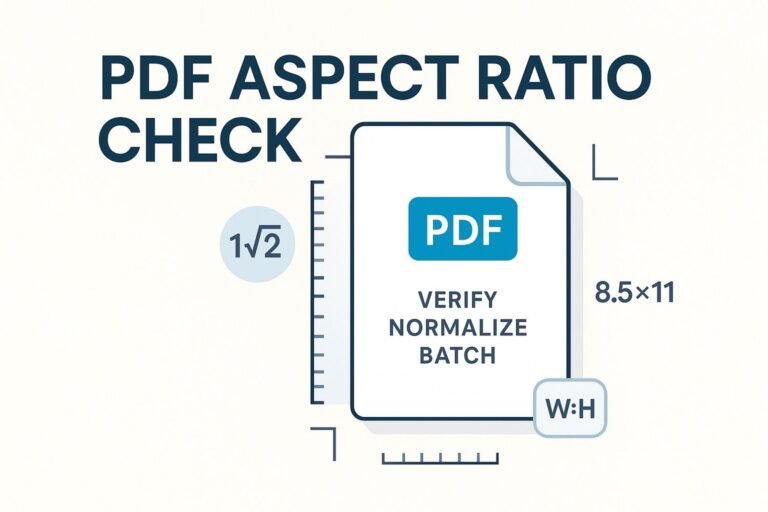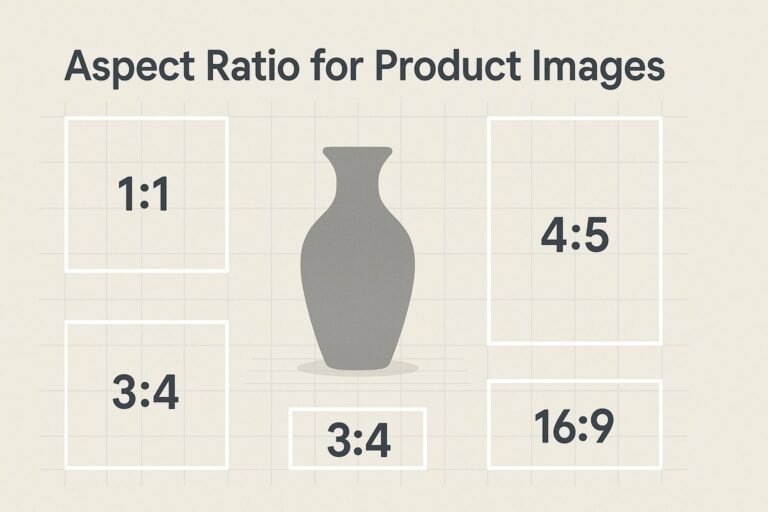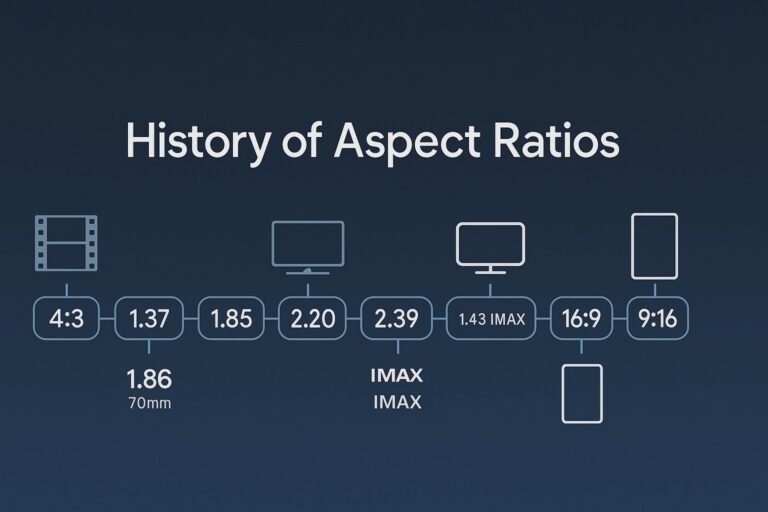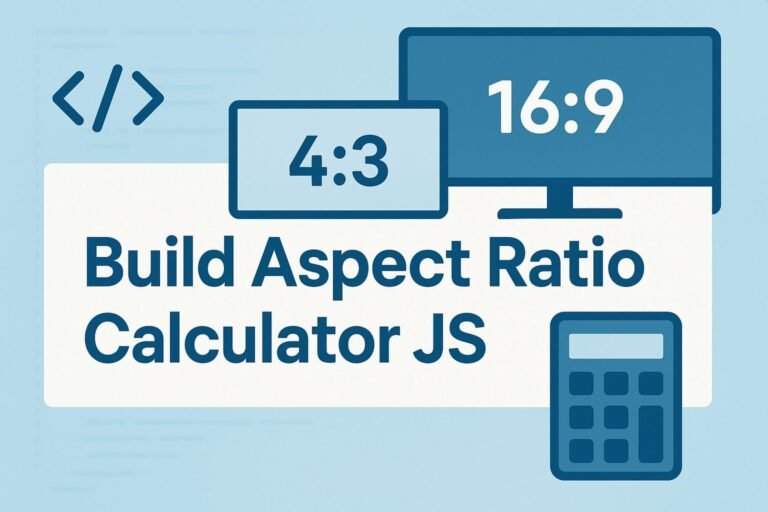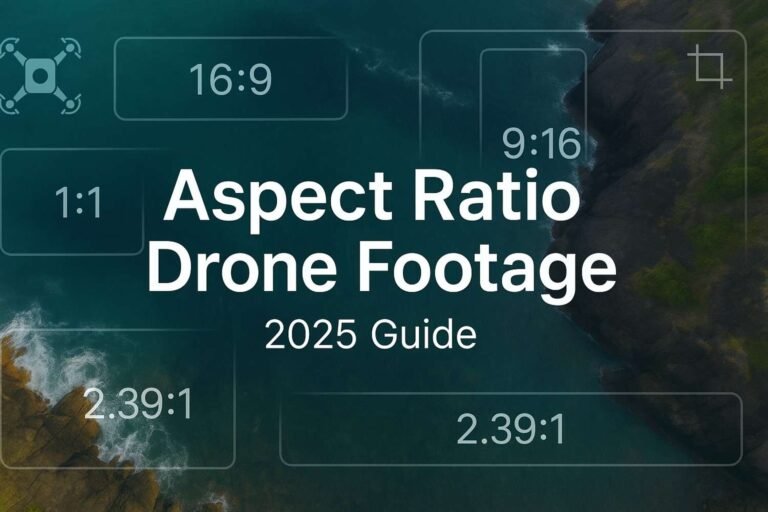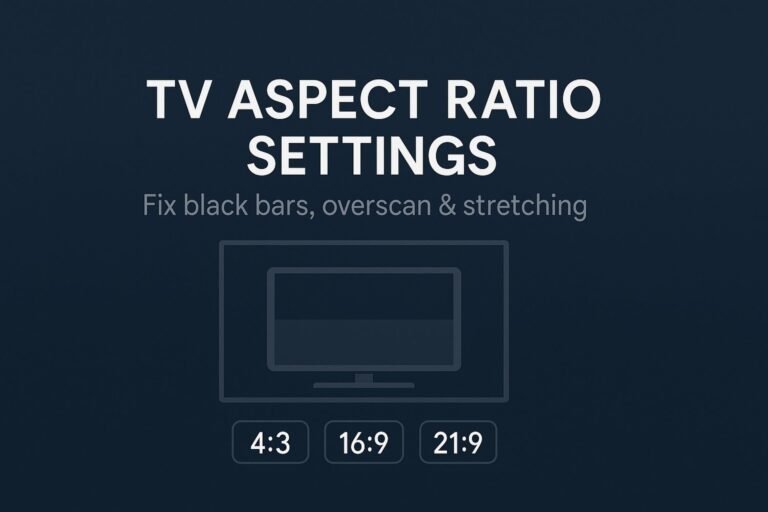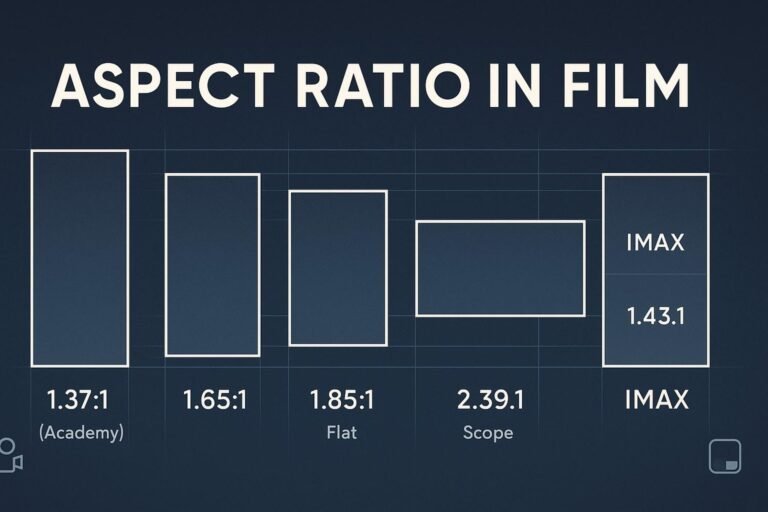Device aspect ratios describe the proportional relationship of width:height on a screen. They directly influence how apps, webpages, photos, and videos fit your display—across phones, foldables, tablets, laptops and monitors. This guide explains what aspect ratios are, how to calculate them, which ratios are common by device type, and how to choose the best aspect ratio for work, play, and design.
What is an aspect ratio?
An aspect ratio expresses screen shape. For example, 16:9 means the screen is 16 units wide for every 9 units tall. Two displays with the same aspect ratio can have different resolutions (sharpness) yet the same shape. That’s why aspect ratio ≠ resolution.
- Wider ratios (e.g., 21:9) feel cinematic, great for films and ultrawide multitasking.
- Taller ratios (e.g., 3:2, 16:10) show more vertical content—useful for documents, code, and the web.
How to calculate aspect ratios (and normalize them)
Given a resolution like 2560×1600, divide both numbers by their greatest common divisor (GCD) to simplify.
- Find GCD of 2560 and 1600 → 320.
- Divide: 2560÷320 = 8, 1600÷320 = 5 → aspect ratio 8:5, commonly written as 16:10.
<!-- Paste in a browser console -->
function aspectRatio(w, h){
const gcd=(a,b)=>b?gcd(b,a%b):a;
const g=gcd(w,h);
return {simple:`${w/g}:${h/g}`, decimal:(w/h).toFixed(3)};
}
aspectRatio(2560,1600); // { simple: "8:5", decimal: "1.600" } ≈ 16:10
Tip: When comparing devices, calculate the ratio first. It helps you understand fit (layout and letterboxing) before you care about pixel density or refresh rate.
Common device aspect ratios (with pros & cons)
| Aspect ratio | Typical devices | Best for | Trade-offs |
|---|---|---|---|
| 16:9 | Older phones; most TVs; many monitors | Video & streaming (native 16:9) | Less vertical space for documents/web |
| 19.5:9 – 20:9 | Modern smartphones | Social feeds, one-hand use, mobile web | Letterboxing for cinema-wide video |
| 21:9 | Cinema-style phones; ultrawide monitors | Films, immersive gaming, wide timelines | Very tall in portrait on phones; some app padding |
| 4:3 | Many tablets | Reading, sketching, split-view apps | Wider videos get black bars |
| 16:10 | Laptops & Android tablets | Web, code editors, spreadsheets | Slight bars for 16:9 video |
| 3:2 | Productivity laptops, 2-in-1s | Documents, note-taking, vertical content | More letterboxing for 16:9 video |
| 32:9 | Super-ultrawide monitors | Extreme multitasking, sim racing, trading | App/game support varies; desk depth needed |
| 16:18 (≈0.89:1) | “Dual-stack” tall monitors | Reading, code + preview, stacked windows | Not ideal for movies/games |
Foldables: cover vs inner display
Book-style foldables effectively have two shapes. The cover is phone-like (often 19.5:9–22:9), while the inner is nearer to square (around 6:5 ~ 1:1). This gives you a comfortable handheld screen plus a tablet-like canvas for reading and multitasking.
How to choose the right aspect ratio
For everyday phone use
- 19.5:9 or 20:9 is a sweet spot—comfortable reach, great app support, minimal UI quirks.
- 21:9 feels cinematic for video but very tall in portrait; great if you value films first.
For work and study (laptops & tablets)
- 16:10 and 3:2 show more lines of text and code with fewer scrolls. Excellent for documents, spreadsheets, DAWs, and IDEs.
- 4:3 shines for sketching, reading, and split-view on tablets.
For creators & gamers (monitors)
- 21:9 (ultrawide) opens your timeline and viewport. Many modern games support it natively.
- 32:9 is basically two 16:9 monitors without the bezel. Ideal for extreme multitasking and sims.
- 16:18 is a vertical productivity beast—think stacked docs, long pages, and side-by-side coding.
Quick decision cheat sheet
- Movies first? 21:9 phone or 21:9 monitor.
- Documents & code? 16:10 or 3:2 laptop; 16:18 monitor.
- All-round tablet? 16:10; for sketching/reading, 4:3.
- Hardcore multitasker? 32:9 super-ultrawide.
Don’t forget
- Panel type (OLED/LCD), resolution, refresh rate, and scaling affect clarity and smoothness more than ratio alone.
- App/game support for ultrawide and super-ultrawide can vary.
Design & developer tips for device aspect ratios
- Use CSS
aspect-ratioto keep embeds, thumbnails, and cards perfectly shaped.
/* Fluid 16:9 container for video or hero banners */
.media-16x9 { aspect-ratio: 16 / 9; width: 100%; }
/* Square avatars without hacks */
.avatar { aspect-ratio: 1 / 1; }
/* Golden-ratio card (fun!) */
.card--phi { aspect-ratio: 1.618 / 1; }- Plan for letterboxing & safe areas. Tall phones and rounded corners can clip edges; keep key UI elements inside safe insets.
- Prefer flexible grids. Use
minmax(),frunits, and container queries to adapt across 16:9, 16:10, 3:2, 4:3, and 21:9. - Optimize images. Provide intrinsic dimensions to prevent CLS, serve WebP/AVIF with fallbacks, and lazy-load below the fold.
- Test at multiple shapes. Don’t rely on a single 1440px viewport—see testing sizes below.
Practical testing sizes you should try
Spin through these quick presets when QA’ing responsive layouts:
- Phones: 360×800 (≈20:9), 390×844 (≈19.5:9), 412×915 (tall Android), 428×926 (iPhone class)
- Tablets: 820×1180 (≈4:3), 1280×800 (16:10), 1366×912 (3:2)
- Laptops/Desktops: 1280×720 (16:9), 1440×900 (16:10), 1920×1200 (16:10), 2560×1440 (16:9), 3440×1440 (ultrawide), 5120×1440 (super-ultrawide), 2560×2880 (16:18)
FAQ: device aspect ratios
Is aspect ratio the same as resolution?
No. Aspect ratio is the shape; resolution is the pixel count. Two screens can both be 16:10 but have very different sharpness.
Why do some “21:9” displays show as 3440×1440?
Marketing uses 21:9 broadly. Mathematically, 3440×1440 simplifies to 43:18 (~2.389:1), which is close to the cinematic 21:9 feel.
Which aspect ratio is best for productivity?
16:10 and 3:2 usually show more vertical content with fewer scrolls, which many users prefer for writing, coding, and spreadsheets.
Does aspect ratio affect battery life?
Not directly. Brightness, refresh rate, panel type, and resolution have a much larger impact.
Resources & next steps
- Need to compute shapes fast? Try our Aspect Ratio Calculator.
- Editing visuals? See how to resize images without distortion.
- Publishing to social? Check current social media aspect ratios.
